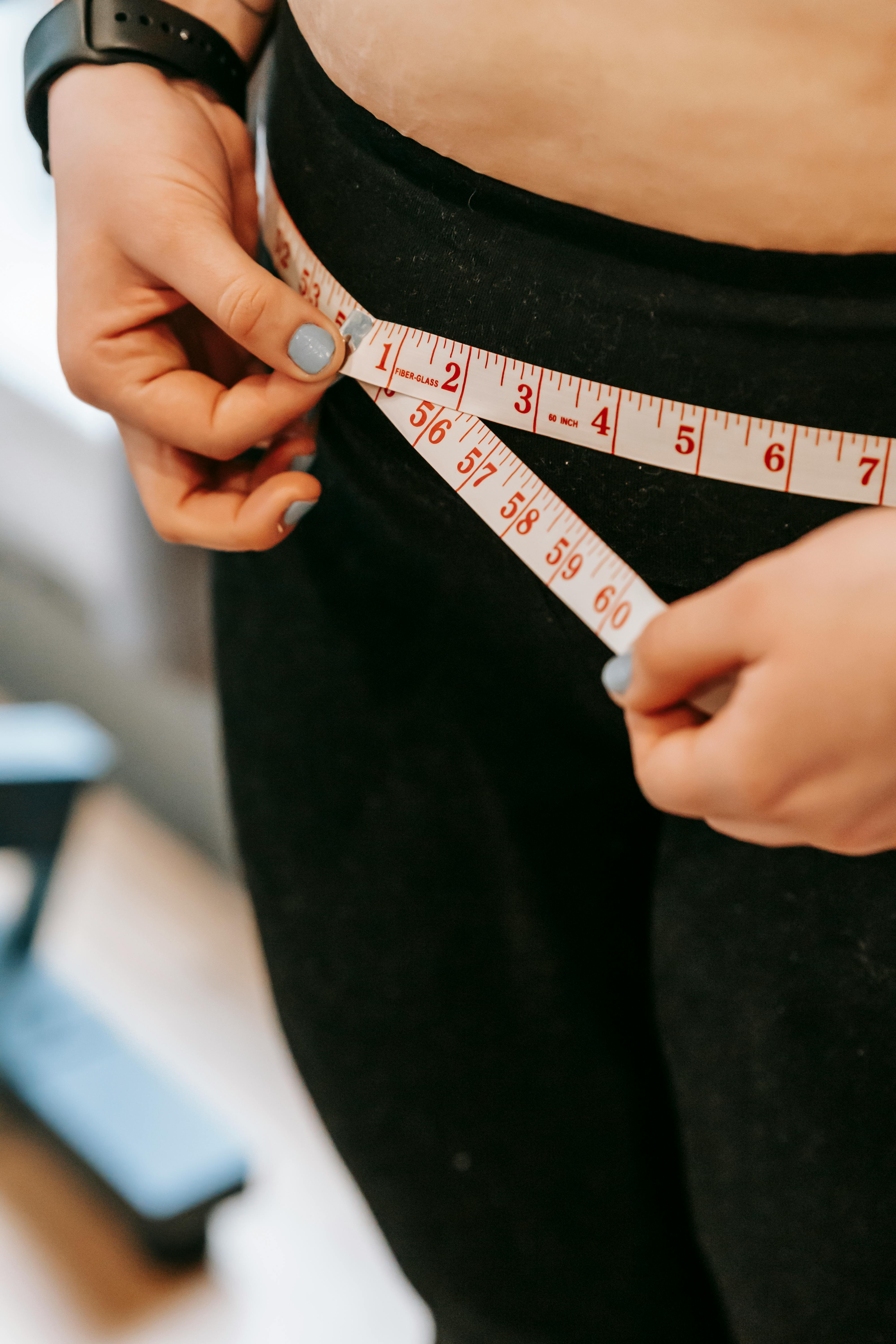Plasma Donation: Hidden Calorie Burner?
Donating plasma is a noble act that helps save lives, but many wonder about its impact on calorie burn. While the primary purpose of plasma donation is not weight loss, it does have some metabolic effects on the body. Plasma donation can result in the body expending between 450-650 calories per session, depending on individual factors.

Donating plasma is a noble act that helps save lives, but many wonder about its impact on calorie burn. While the primary purpose of plasma donation is not weight loss, it does have some metabolic effects on the body. Plasma donation can result in the body expending between 450-650 calories per session, depending on individual factors.
This calorie expenditure occurs as the body works to replenish the donated plasma components. The process of donating plasma takes about 90 minutes and involves removing blood, separating the plasma, and returning the remaining blood components to the donor. During this time, the body uses energy to maintain vital functions and begin the replenishment process.
It's important to note that plasma donation is not a weight loss strategy. The calorie burn is a side effect of the body's natural processes, not a direct result of the donation itself. Regular donors should focus on the health benefits and lifesaving potential of their contributions rather than any potential weight management effects.
Plasma Donation Process and Caloric Expenditure
Plasma donation involves a specific procedure and has minimal impact on calorie burning. The process requires careful screening and uses specialized equipment to separate plasma from blood.
Understanding Plasma Donation
Plasma donation centers follow strict FDA guidelines to ensure donor and recipient safety. Donors must meet specific eligibility criteria, including age, weight, and health status. The screening process involves a health assessment and testing for infectious diseases.
During the donation, a needle is inserted into the donor's arm. Blood is drawn and passed through a plasmapheresis machine, which separates plasma from other blood components. The remaining blood cells and platelets are returned to the donor's body.
The entire process typically takes 60-90 minutes. Donors can usually donate plasma up to twice a week, with at least one day between donations.
The Role of Calories in Plasma Donation
Contrary to popular belief, plasma donation does not burn a significant number of calories. The body expends minimal energy during the donation process itself.
Some key points about calories and plasma donation:
- The caloric expenditure is comparable to sitting or light activities
- Donors may feel slightly tired afterward due to fluid loss, not calorie burning
- The body uses energy to replenish plasma, but this is a gradual process
- Proper hydration and nutrition are important for recovery, not calorie burning
While plasma donation is beneficial for medical purposes, it should not be viewed as a weight loss method or calorie-burning activity.
Health Impact and Recovery After Donating Plasma
Donating plasma affects the body in various ways and requires proper recovery. Understanding the health implications and taking care of yourself afterward is crucial for a positive donation experience.
Immediate and Long-term Health Considerations
Plasma donation can cause some side effects, including fatigue, dizziness, and dehydration. Donors may experience a temporary drop in blood pressure and feel lightheaded.
The process removes platelets and red blood cells along with plasma, which can impact blood volume. This may affect exercise capacity in the short term.
Long-term considerations include potential iron depletion with frequent donations. Regular donors should monitor their iron levels and consider supplements if needed.
Plasma donation is generally safe, but those with certain health conditions or immune disorders should consult a doctor before donating.
Recovery and Maintaining Good Health
Post-donation recovery focuses on replenishing fluids and nutrients. Donors should increase fluid intake to combat dehydration and restore blood volume.
A balanced diet rich in iron helps replenish lost nutrients. Foods high in protein and vitamins support the body's recovery process.
Adequate rest is essential. Donors should avoid strenuous exercise for 24 hours after donation to allow the body to recover.
Maintaining good health between donations involves:
- Staying hydrated
- Eating a nutritious diet
- Getting regular exercise
- Ensuring sufficient sleep
These practices help donors maintain eligibility and minimize potential side effects in future donations.
Want more posts like this?Sign up for our FREE newsletter →